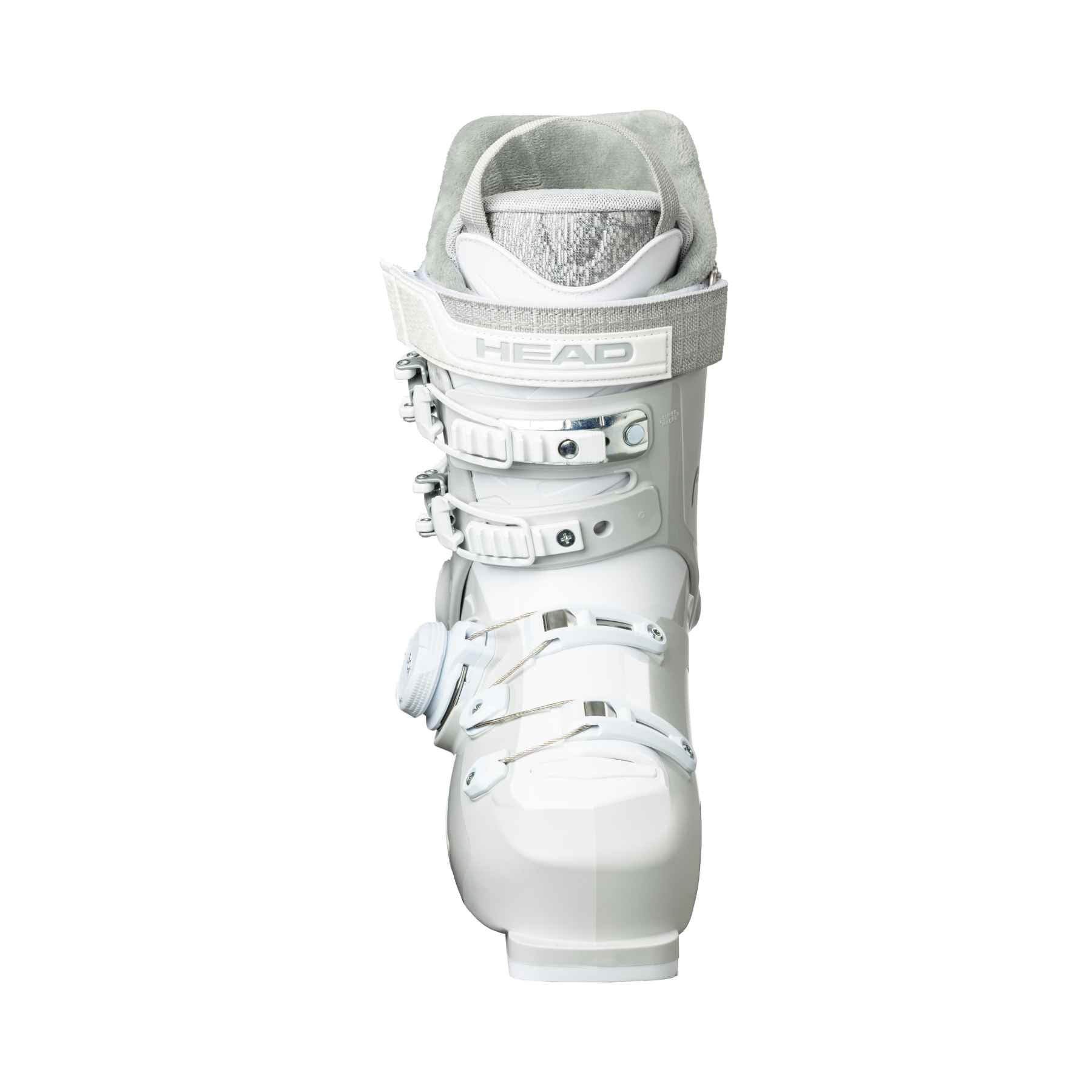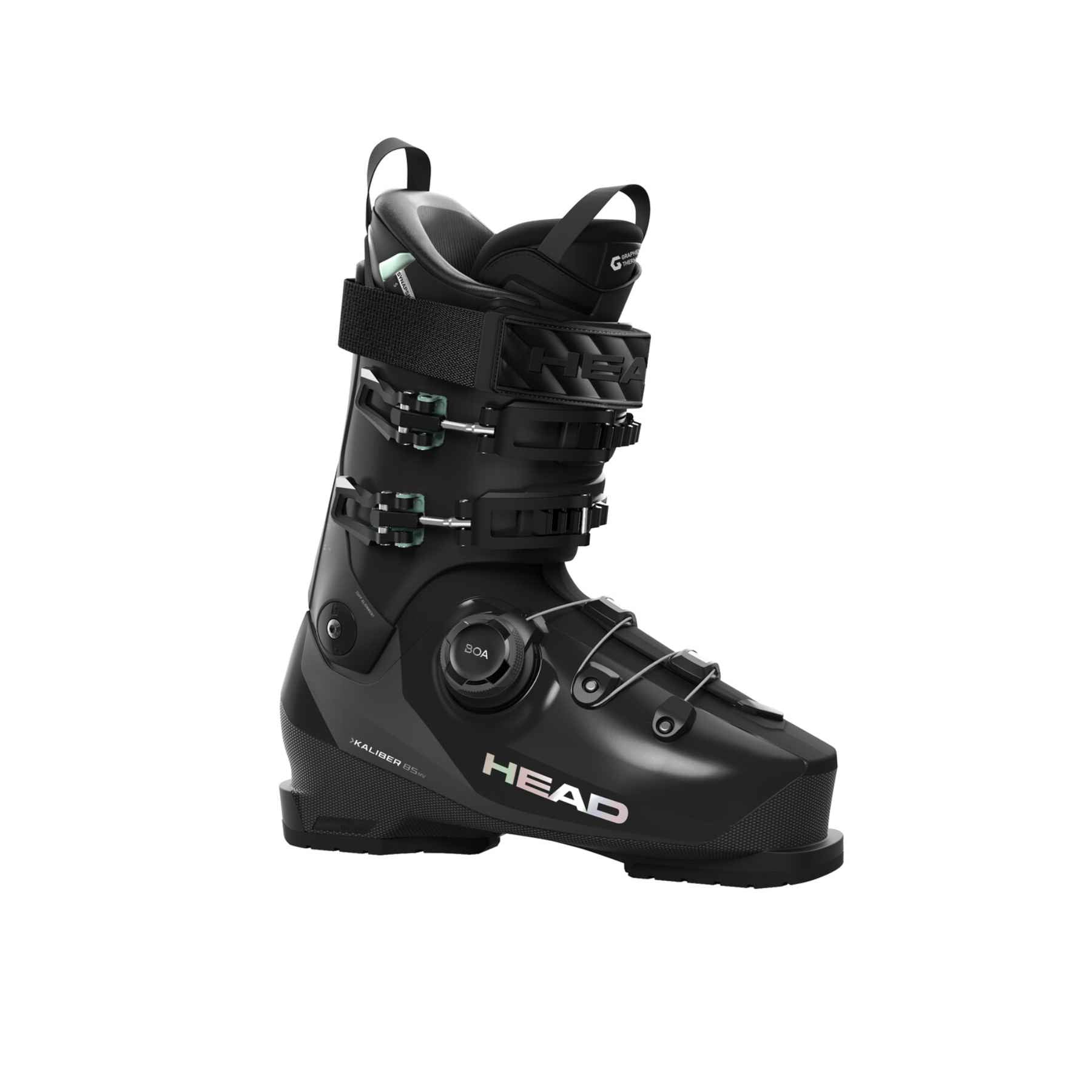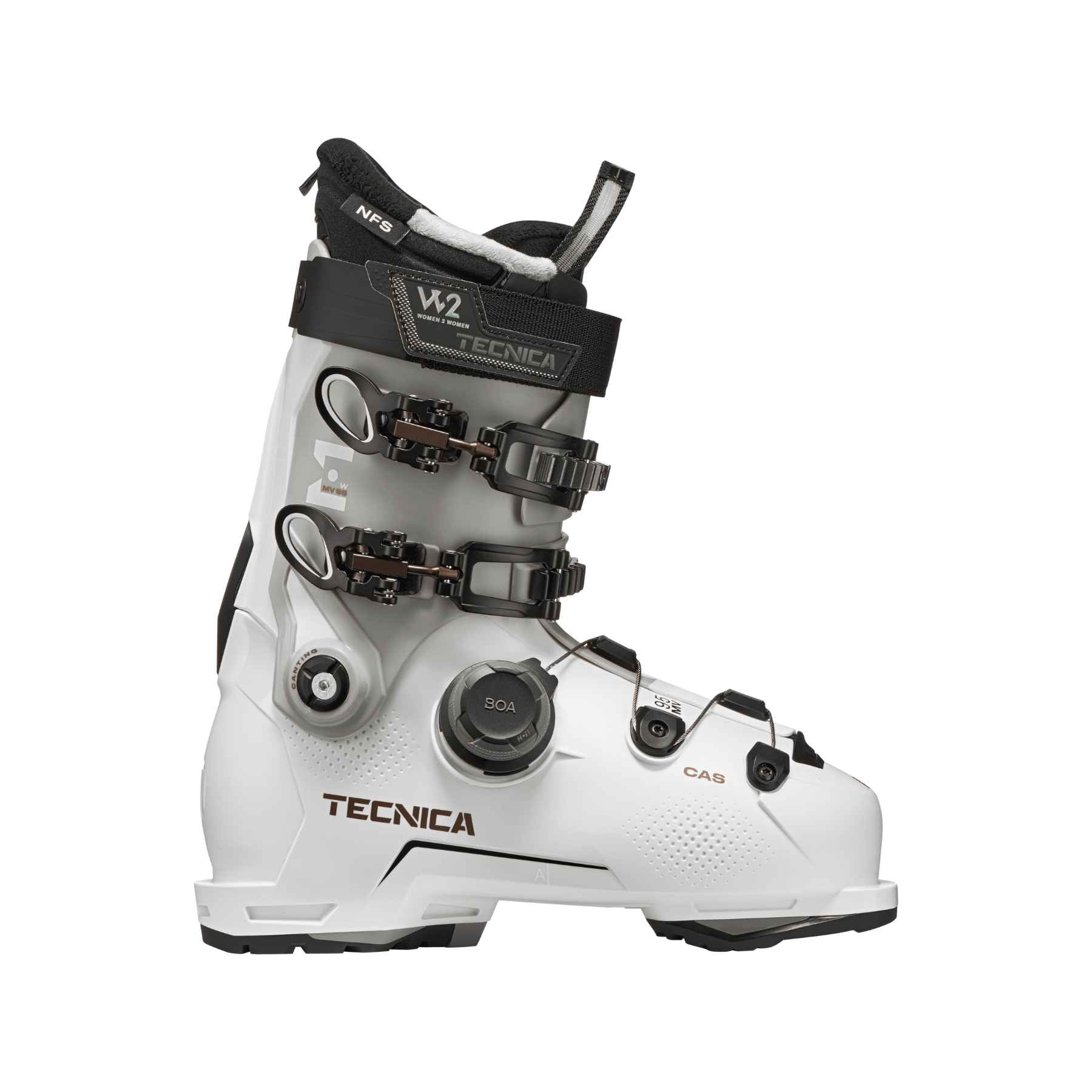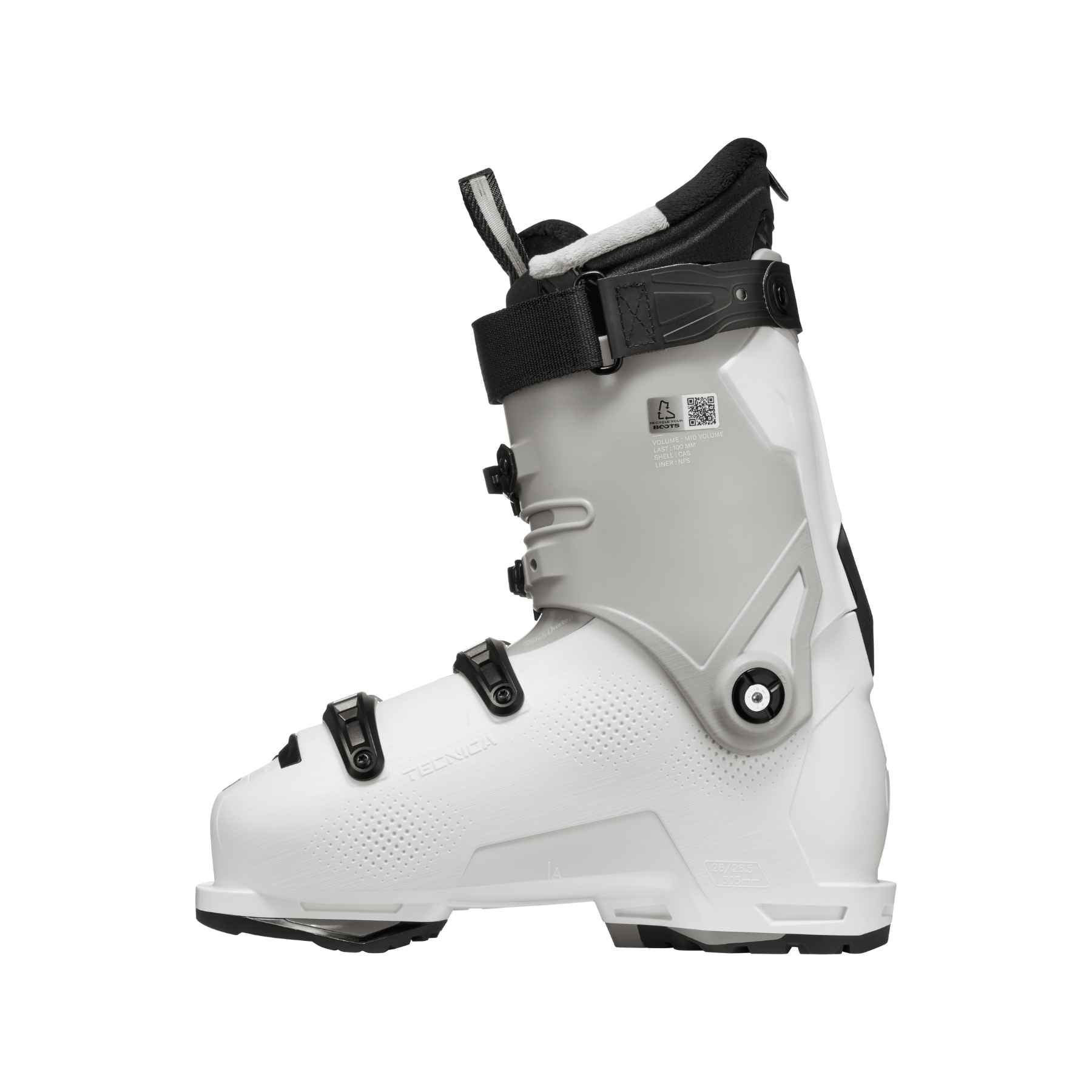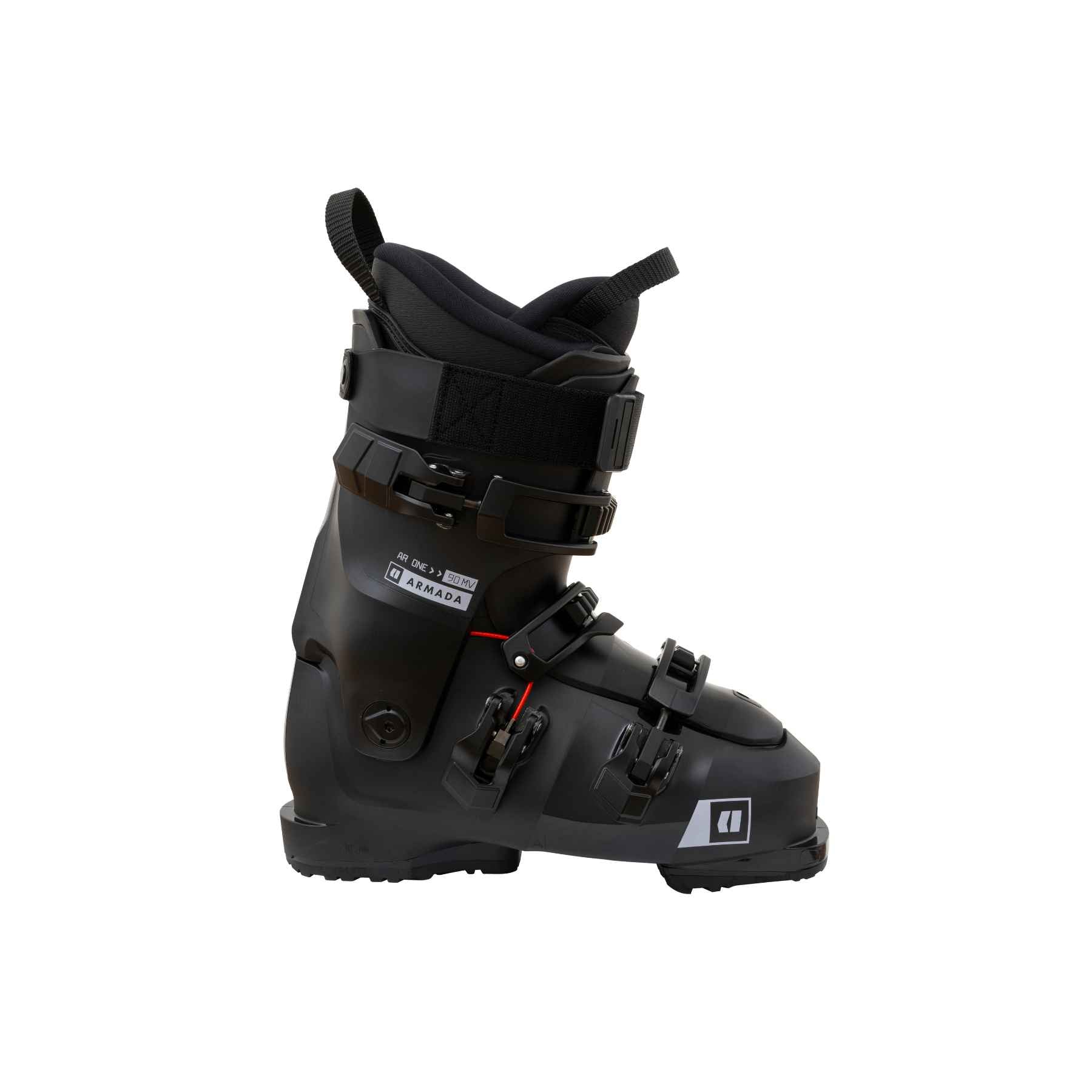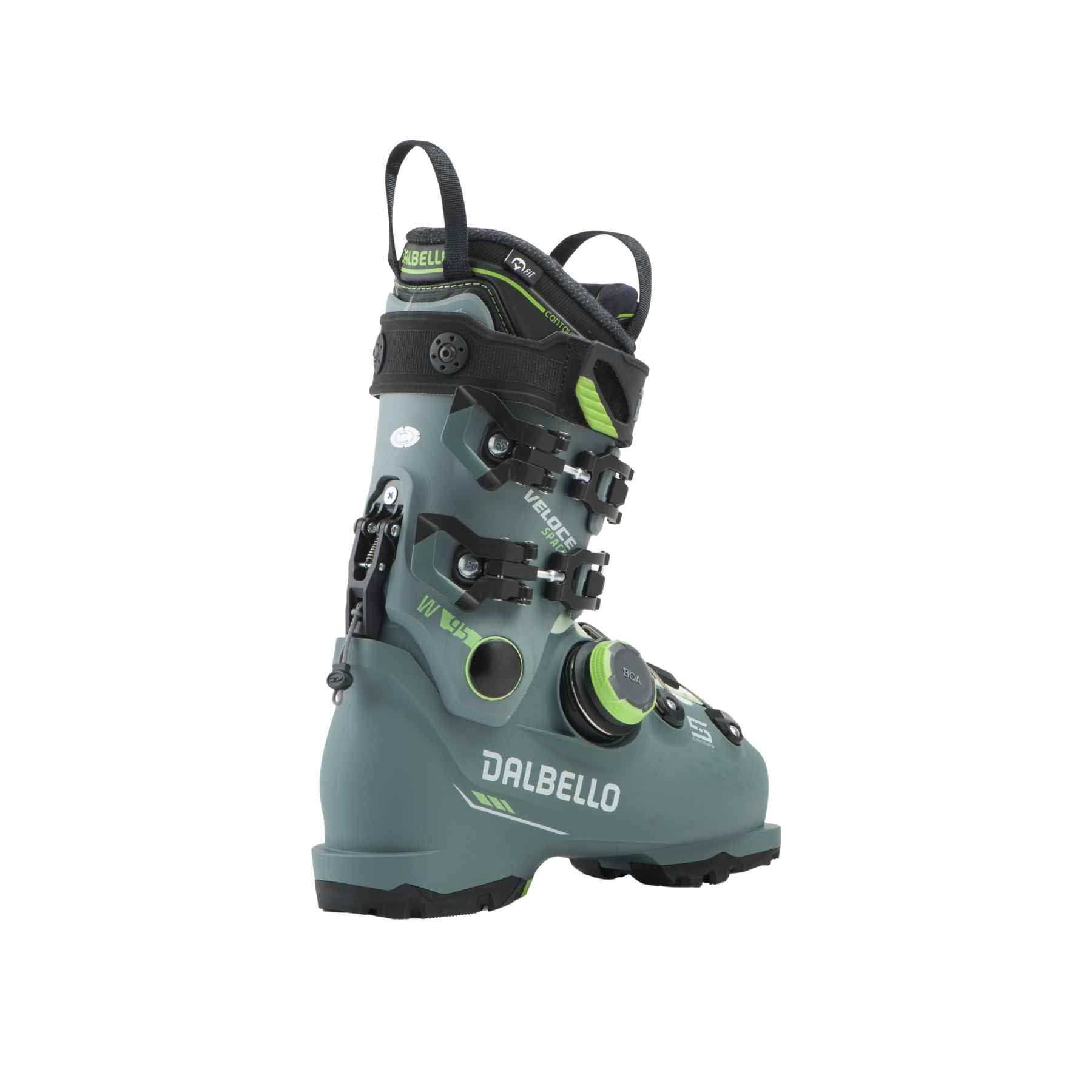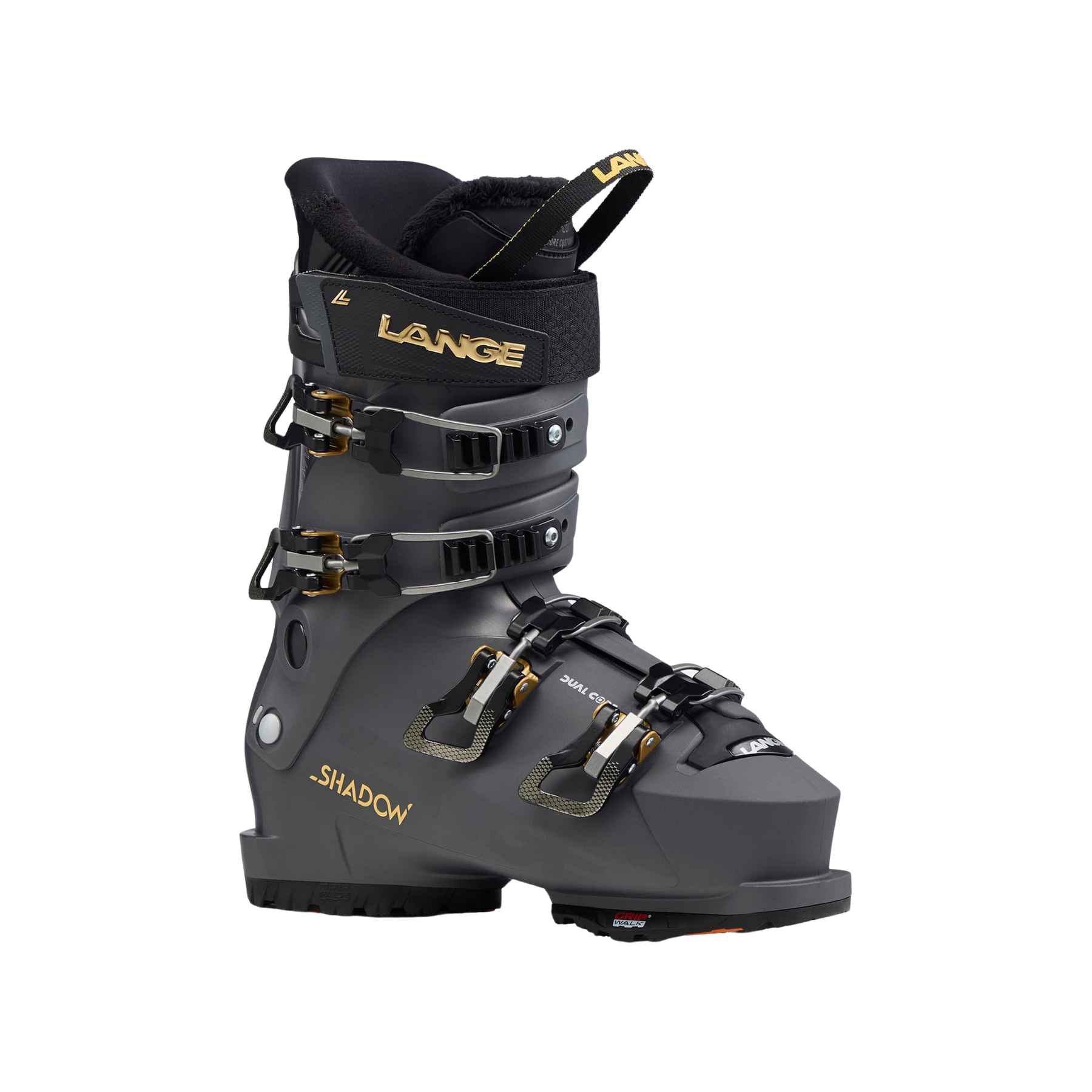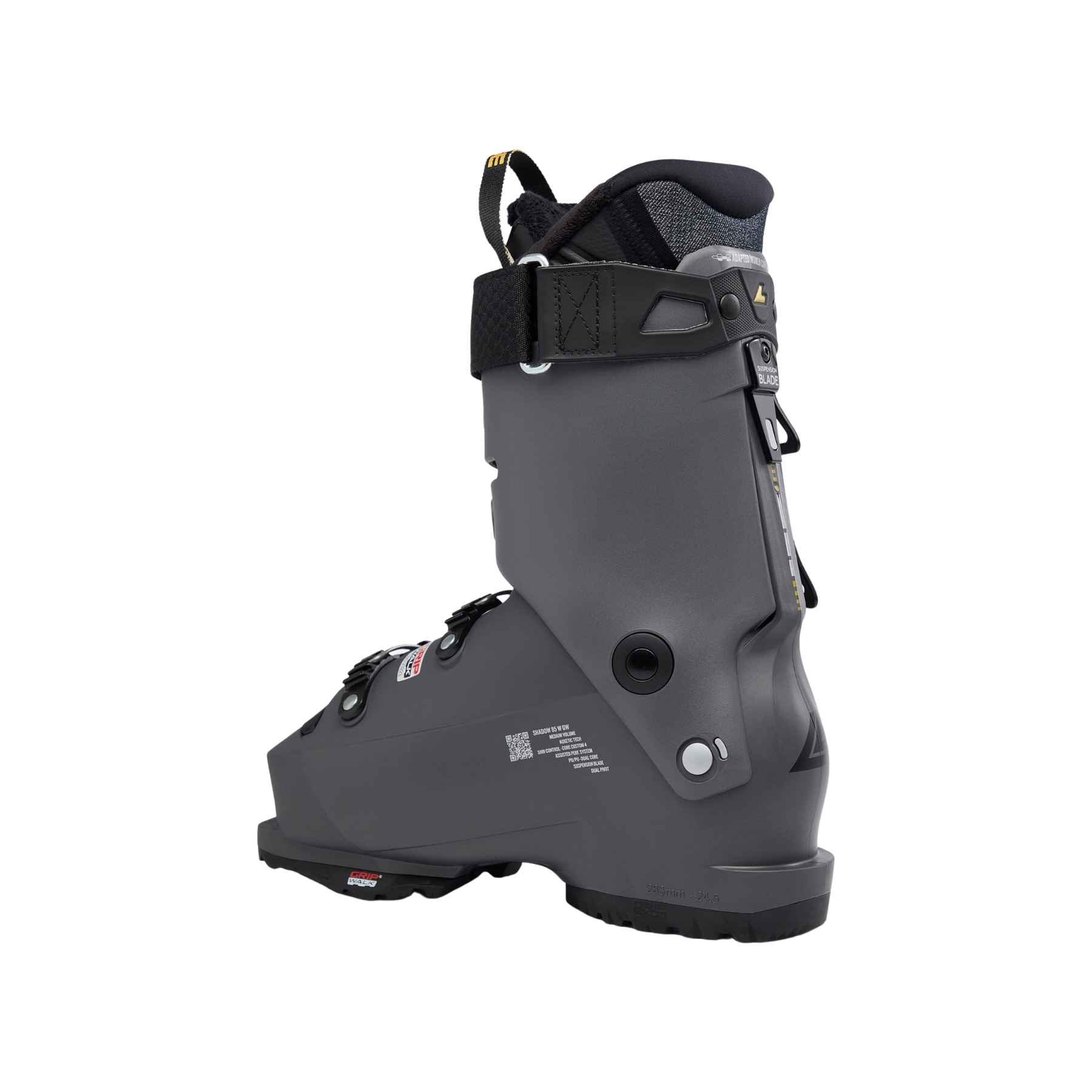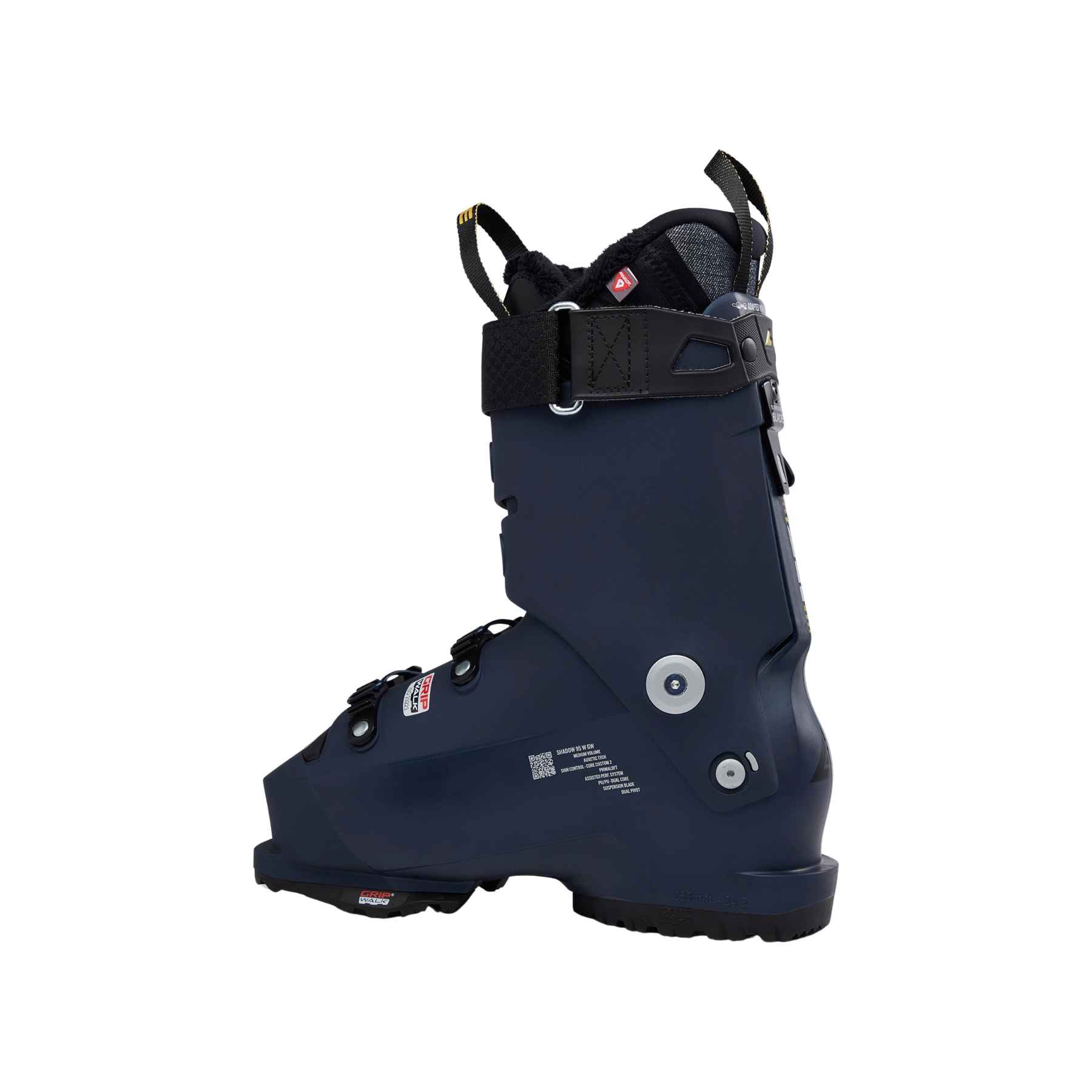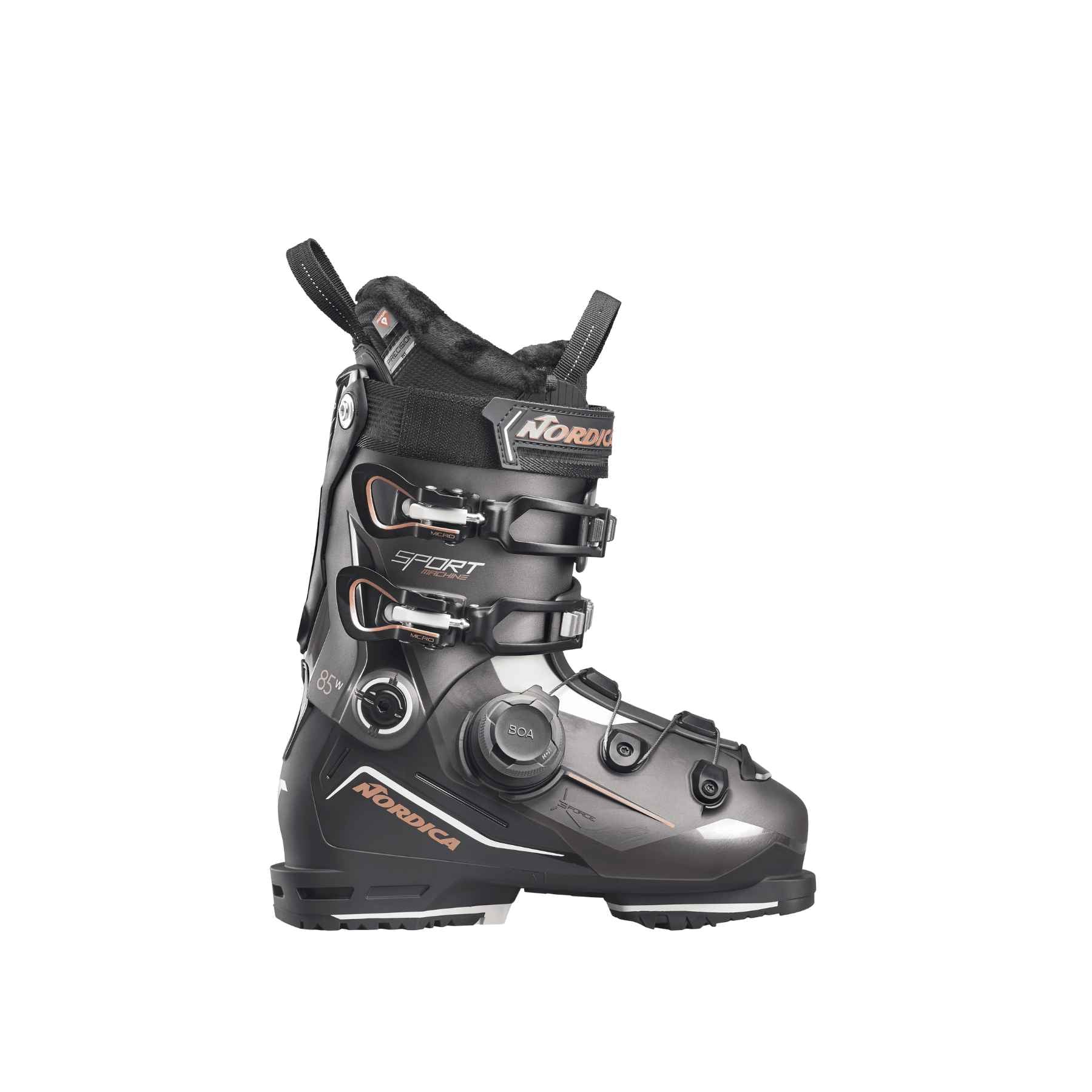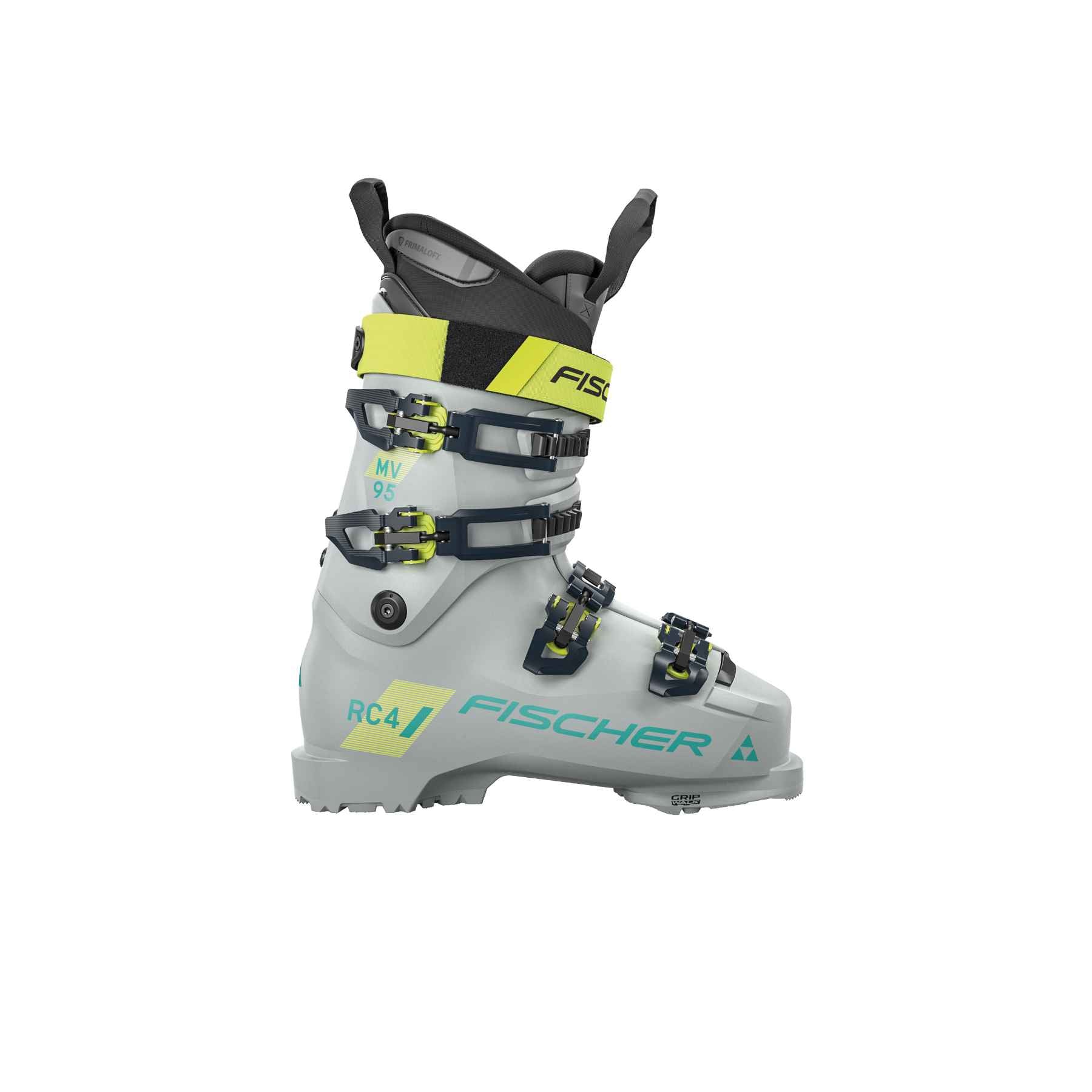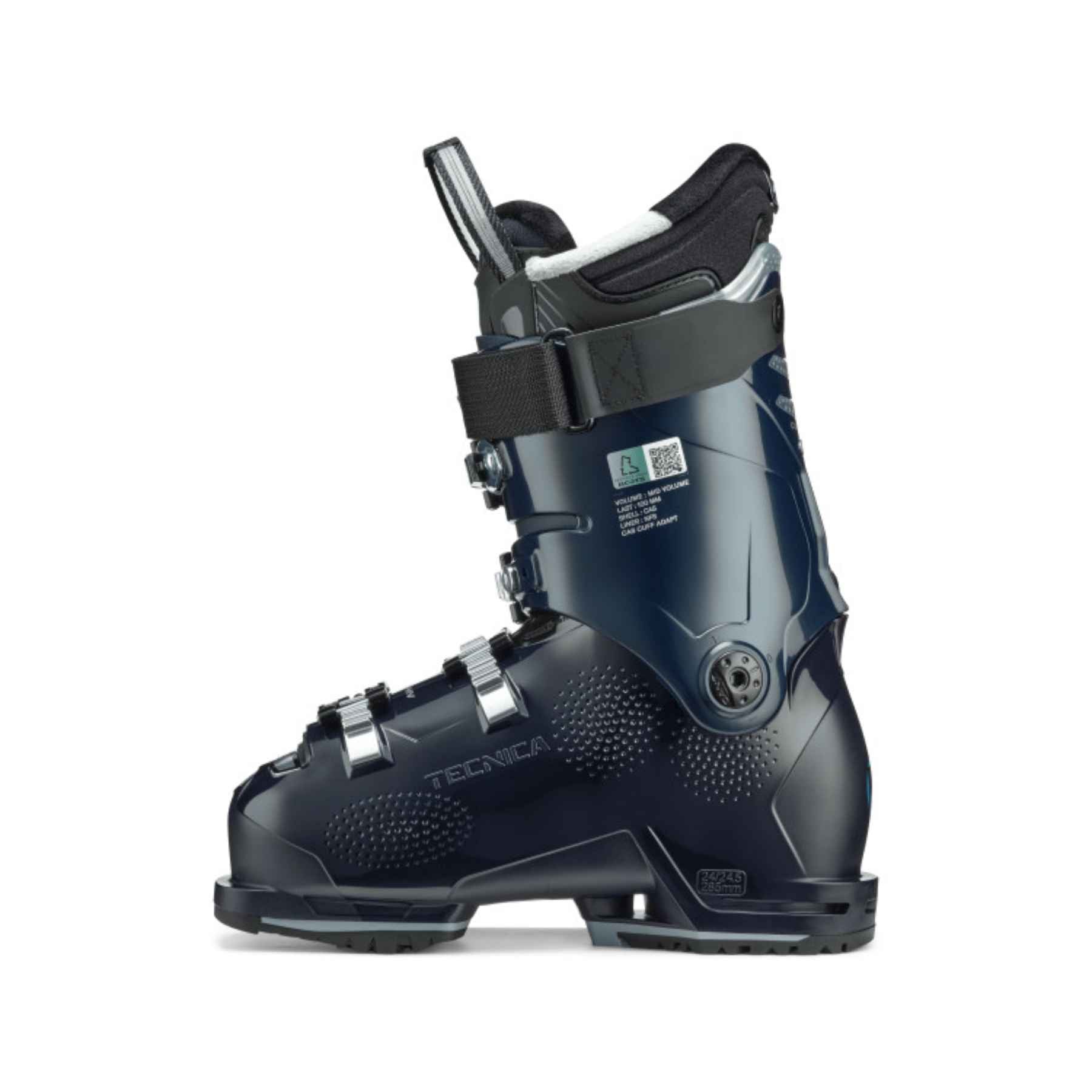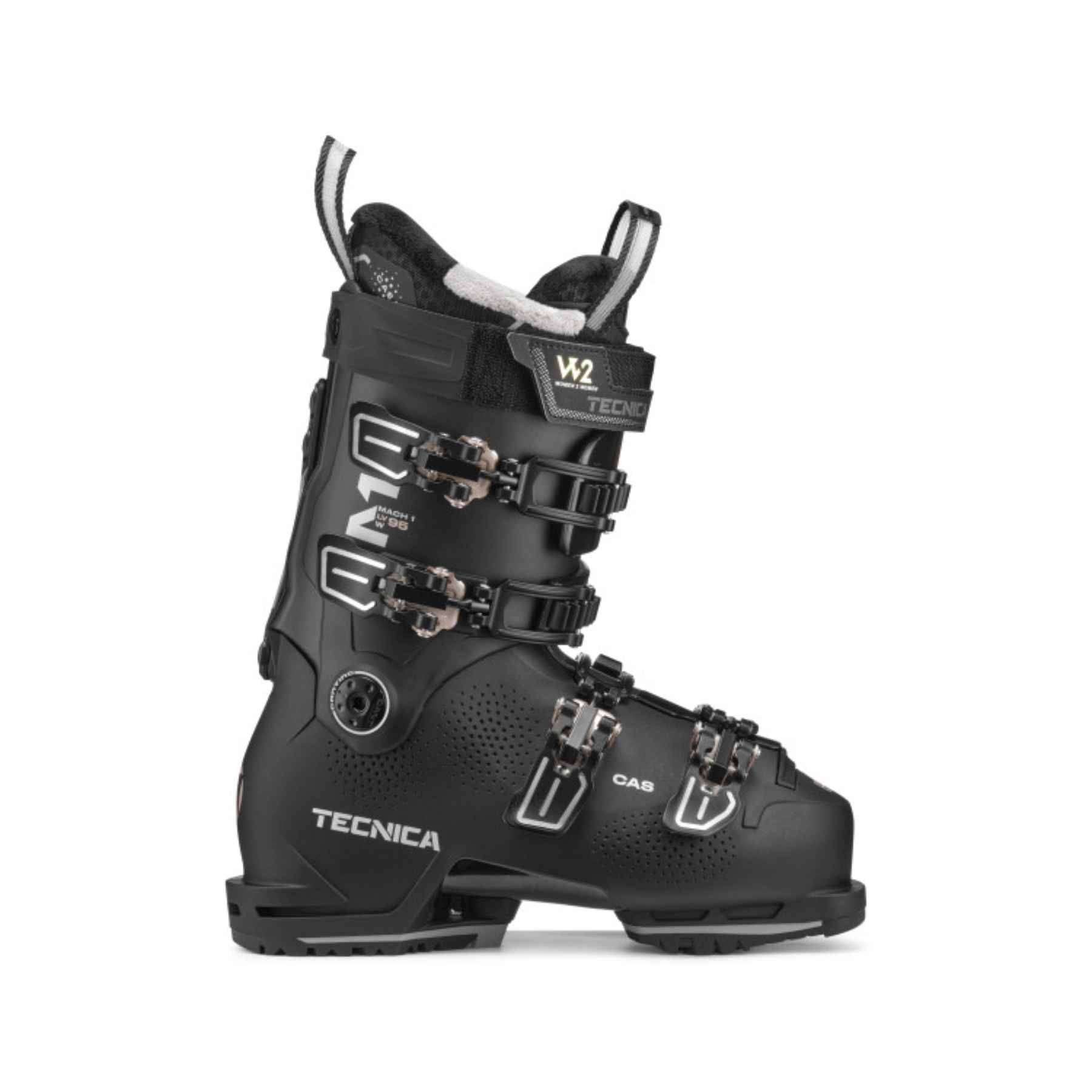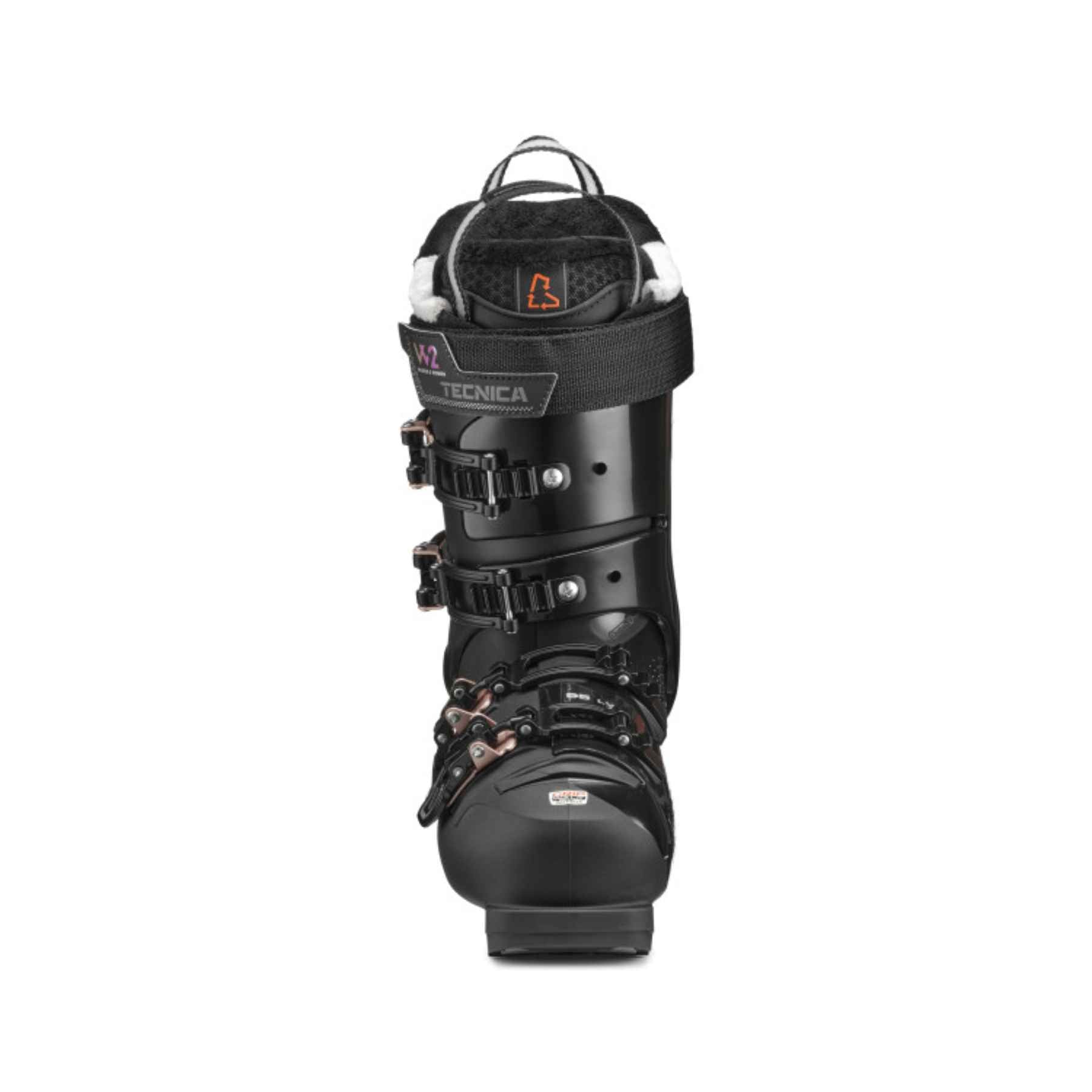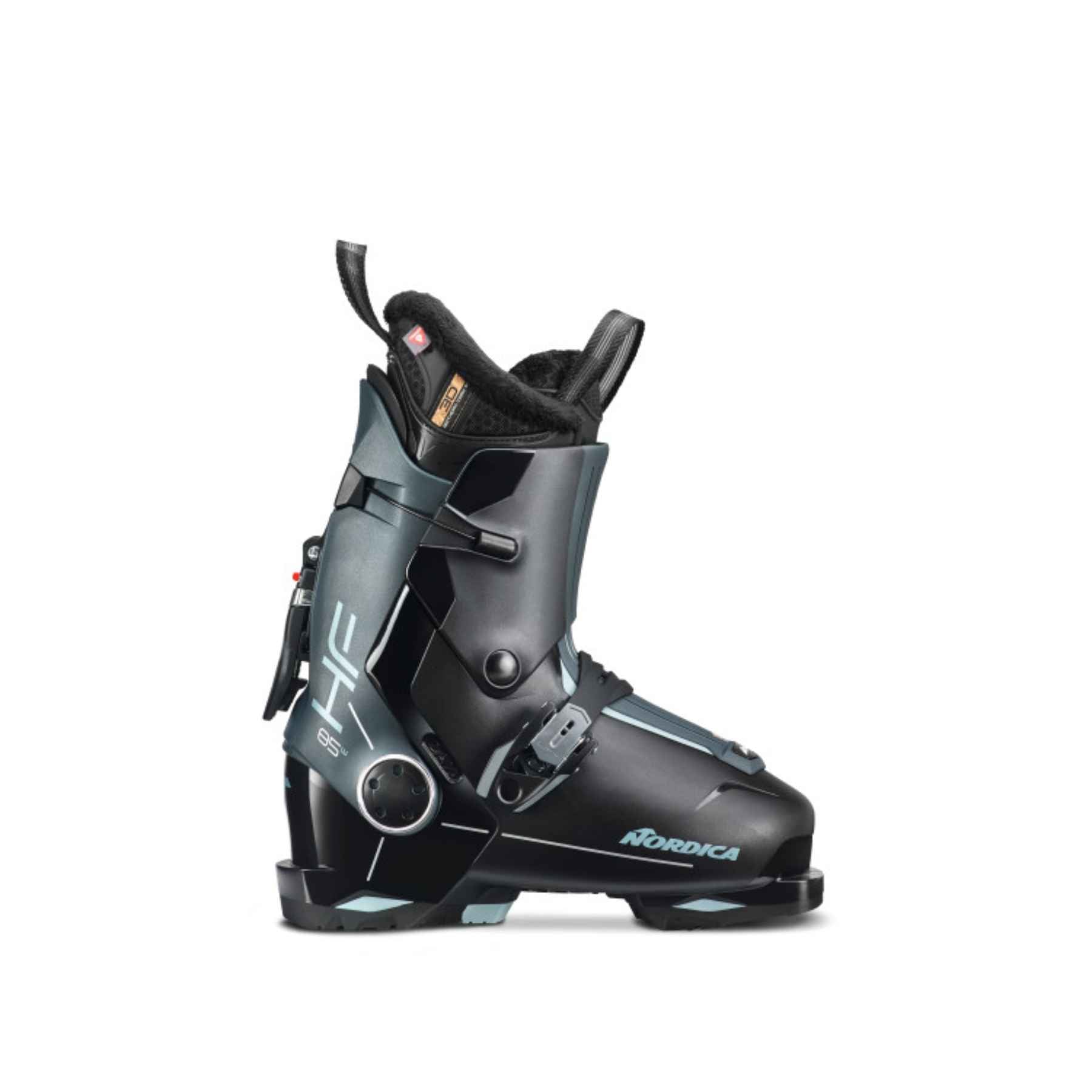Filters
50 products
Head Edge 85 W HV BOA
Sale price£370.00
Head Edge 95 W HV BOA
Sale price£430.00
Head Kaliber 85 W MV
Sale price£340.00
Head Kaliber 95 W MV
Sale price£390.00
Head Kaliber 85 W MV BOA
Sale price£400.00
Head Kaliber 95 W MV BOA
Sale price£430.00
Rossignol Alltrack 80 W BOA
Sale price£400.00
Rossignol Alltrack 90 W BOA
Sale price£450.00
Rossignol Vizion 4B 80 W
Sale price£400.00
Rossignol Vizion 4B Pro 80 W
Sale price£425.00
Tecnica Mach BOA MV 95 W
Sale price£440.00
Tecnica Mach Sport LV 85 W
Sale price£330.00
Tecnica Mach1 LV 95 W
Sale price£395.00
Armada AR One 90 MV
Sale price£380.00
Dalbello Veloce Space 85 W
Sale price£420.00
Dalbello Veloce Space 95 W
Sale price£460.00
Fischer Ranger HV 95
Sale price£400.00
Fischer RC4 85 LV
Sale price£390.00
Lange Concept 9.5 W BOA
Sale price£400.00
Lange Shadow 85 W HV
Sale price£355.00
Lange Shadow 85 W MV
Sale price£355.00
Lange Shadow 85 W LV
Sale price£355.00
Lange Shadow 95 W MV
Sale price£425.00
Nordica Sportmachine 3 BOA 85 W
Sale price£360.00
Nordica Sportmachine 3 BOA 95 W
Sale price£420.00
Nordica Speedmachine BOA 85 W
Sale price£385.00
Nordica Promachine 95 W GW
Sale price£400.00
Nordica Speedmachine BOA 95 W
Sale price£450.00
Tecnica Mach1 MV 95 W
Sale price£395.00
Head Edge 95 W HV GW
Sale price£370.00
Head Edge 85 W HV GW
Sale price£300.00
Tecnica Mach BOA HV 95 W
Sale price£395.00
Fischer RC4 95 MV W
Sale price£380.00
Fischer RC4 95 LV W
Sale price£380.00
Tecnica Mach1 HV 95 W
Sale price£395.00
Tecnica Mach Sport MV 85 W
Sale price£330.00
Tecnica Mach Sport LV 85 W
Sale price£340.00
Tecnica Mach1 LV 95 W GW
Sale price£400.00
Lange LX 85 W HV
Sale price£350.00
Dalbello Veloce 85 MV W GW
Sale price£360.00
Dalbello Veloce 95 MV W GW
Sale price£410.00
Head Formula 85 W MV
Sale price£340.00
Head Formula 95 W LV
Sale price£400.00
Nordica Sportmachine 3 85 W GW
Sale price£320.00
Nordica HF 85 W
Sale price£430.00
Nordica Speedmachine 3 95 W
Sale price£400.00
Nordica Promachine 85 W GW
Sale price£360.00
Tecnica Mach Sport HV 85 W GW
Sale price£320.00
Tecnica Mach1 LV 105 W TD GW
Sale price£450.00
Tecnica Cochise 95 W DYN GW
Sale price£495.00



